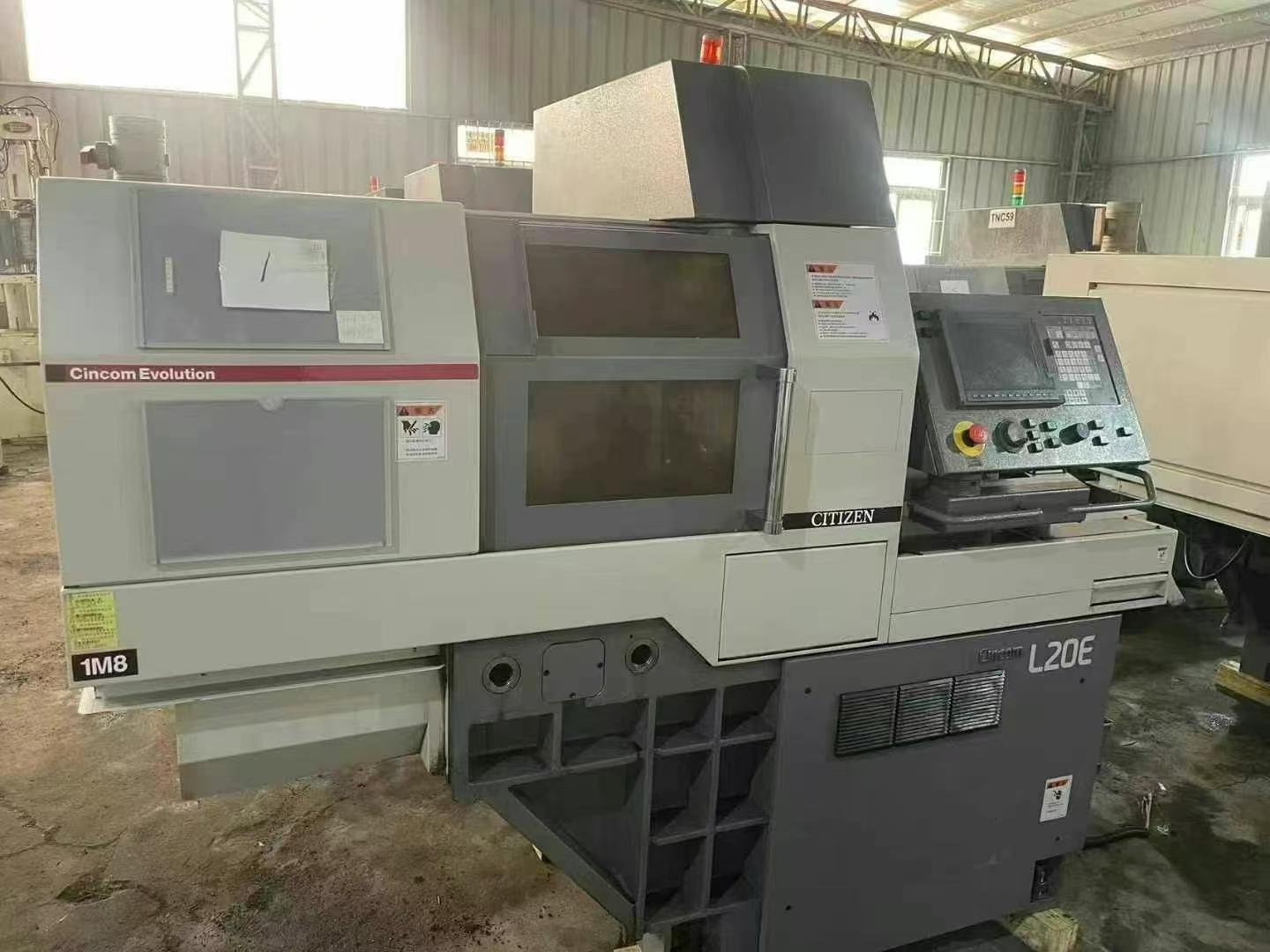How to determine the actual operating condition of a second-hand heart machine when purchasing it?
When purchasing a second-hand heart machine, the actual operating condition of the equipment can be judged from the following aspects:
1. Appearance inspection
Body integrity: Carefully inspect the body of the walking machine for any obvious collisions, deformations, or cracks. These issues may lead to increased vibration and decreased accuracy of the equipment during operation. For example, if there are cracks in the bed, it may affect its rigidity and thus affect the machining accuracy.
Paint and protective layer: Check whether the paint on the equipment has peeled off and whether the protective layer is intact. Paint peeling may be a sign of long-term exposure to harsh environments or corrosion of equipment, which may affect its service life. Meanwhile, damage to the protective layer may expose internal components to the external environment, making them susceptible to damage.
Component connection status: Observe whether the connections between each component are tight, and whether there are loose or missing connections such as screws and nuts. For example, if the connection part of the tool system is loose, it will cause displacement of the tool during the machining process, affecting the machining accuracy.
2. Static inspection of key components
Spindle system:
-Manual rotation inspection: In the event of a power outage, manually rotate the spindle and feel the smoothness of its rotation. If there is a feeling of lagging or uneven resistance, it may indicate that the spindle bearing is damaged or there are foreign objects inside.
-Accuracy check: Use a dial gauge to check the radial runout and axial displacement of the spindle. For high-precision walking machines, the radial runout of the spindle should generally be controlled within 0.005-0.01mm, and the axial displacement should be less than 0.005mm. Excessive jumping and movement can lead to substandard accuracy indicators such as roundness and cylindricity of the processed parts.
Guide rail system:
-Appearance inspection: Check the surface of the guide rail for wear, scratches, or corrosion. Minor scratches may affect the accuracy of the guide rail, while severe wear may cause the slider to move unevenly.
-Gap inspection: By manually moving the slider, feel the gap between it and the guide rail. Under normal circumstances, the gap should be small and uniform. Excessive gap can lead to a decrease in machining accuracy, especially when performing high-precision machining.
Knife tower and tool system:
-Tool position accuracy check: Check the tool position accuracy of the turret by installing standard tools and measuring the tool position accuracy using a dial gauge. The precision error of the tool position should be controlled within a small range, such as ± 0.01mm, otherwise it will affect the dimensional and shape accuracy of the parts.
-Tool clamping force inspection: Check whether the clamping device of the tool can firmly clamp the tool. It is possible to determine whether the clamping force is sufficient by manually attempting to pull out the tool. If the clamping force is insufficient, the tool may loosen during the machining process, causing parts to be scrapped or even safety accidents.
3. No load operation test
Observation of startup process: Turn on the device and listen carefully to the sound of components such as the motor and oil pump during startup. Under normal circumstances, the startup sound should be smooth without any abnormal noise or friction. If you hear a harsh sound or have difficulty starting the motor, it may indicate a problem with the motor or related transmission components.
Stability check of no-load operation: Let the equipment run without load for a period of time and observe the overall operation of the equipment. Check for any abnormal phenomena such as vibration and shaking. You can gently place your hand on the bed of the equipment and feel its vibration. For a walking machine, the vibration during no-load operation should be very small, otherwise it will affect the machining accuracy during the machining process.
Inspection of each axis motion: Control each axis (such as X, Y, Z axis, etc.) through a numerical control system for individual and coordinated motion, check whether the motion speed of each axis is normal, and whether there are any jamming, crawling, or other phenomena during the motion process. The motion speed of each axis should comply with the nominal parameters of the equipment, and the motion process should be smooth and steady.
4. Load running test (if conditions permit)
Trial machining testing: Select appropriate materials and simple machining processes for trial machining, such as machining a small shaft component. During the trial machining process, observe the machining status of the equipment, including whether the cutting sound is normal and whether the chip discharge is smooth. At the same time, check the accuracy of the processed parts, such as dimensional accuracy, shape accuracy, and surface roughness, to ensure that they meet the requirements.
Load capacity assessment: Gradually increase the cutting amount of the machining and observe the operation of the equipment under different load conditions. Pay attention to whether the equipment has overload alarm, significant decrease in accuracy, or abnormal vibration. This can help determine whether the maximum load capacity of the device meets the actual production needs.
5. Electrical and cooling system inspection
Electrical system inspection:
-* * Functional testing * *: Check whether various electrical functions of the device, such as lighting, emergency stop buttons, limit switches, etc., are working properly. Operate various function buttons and knobs of the CNC system, check whether they are sensitive and effective, and whether the display of the CNC system is normal.
-Line inspection: Check whether the lines inside the electrical control cabinet are neat and orderly, and whether the wires are damaged, aged, or not. A good electrical system is the guarantee for the normal operation of equipment, and circuit problems may cause equipment failures.
Cooling system inspection: Check whether the water tank of the cooling system is clean, whether the coolant is sufficient, and whether the cooling pump can work normally. The cooling system is very important for the heat dissipation of the walking machine during the machining process, especially during long-term machining or high-speed cutting. Insufficient cooling may lead to increased tool wear, decreased equipment accuracy, and other problems.



